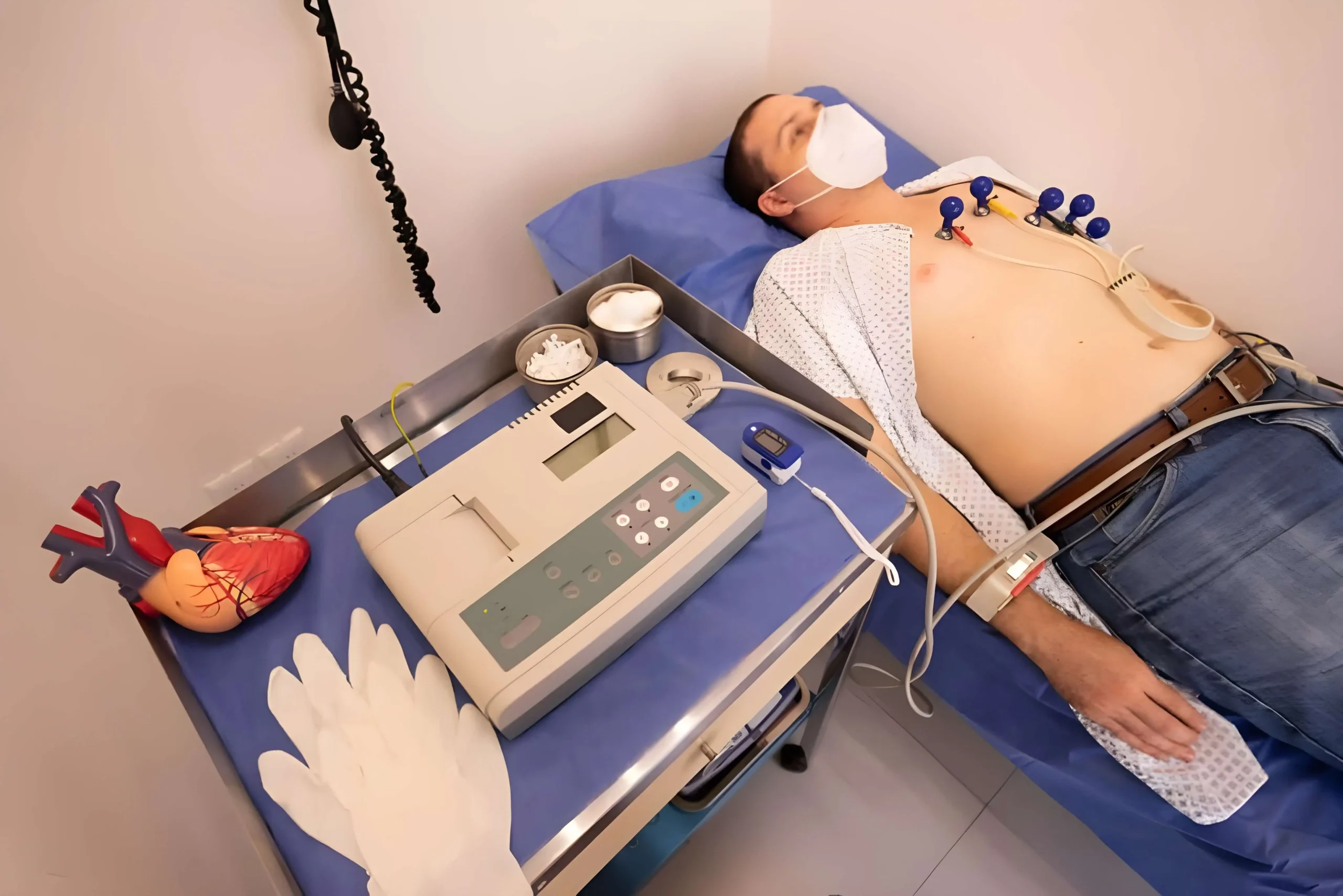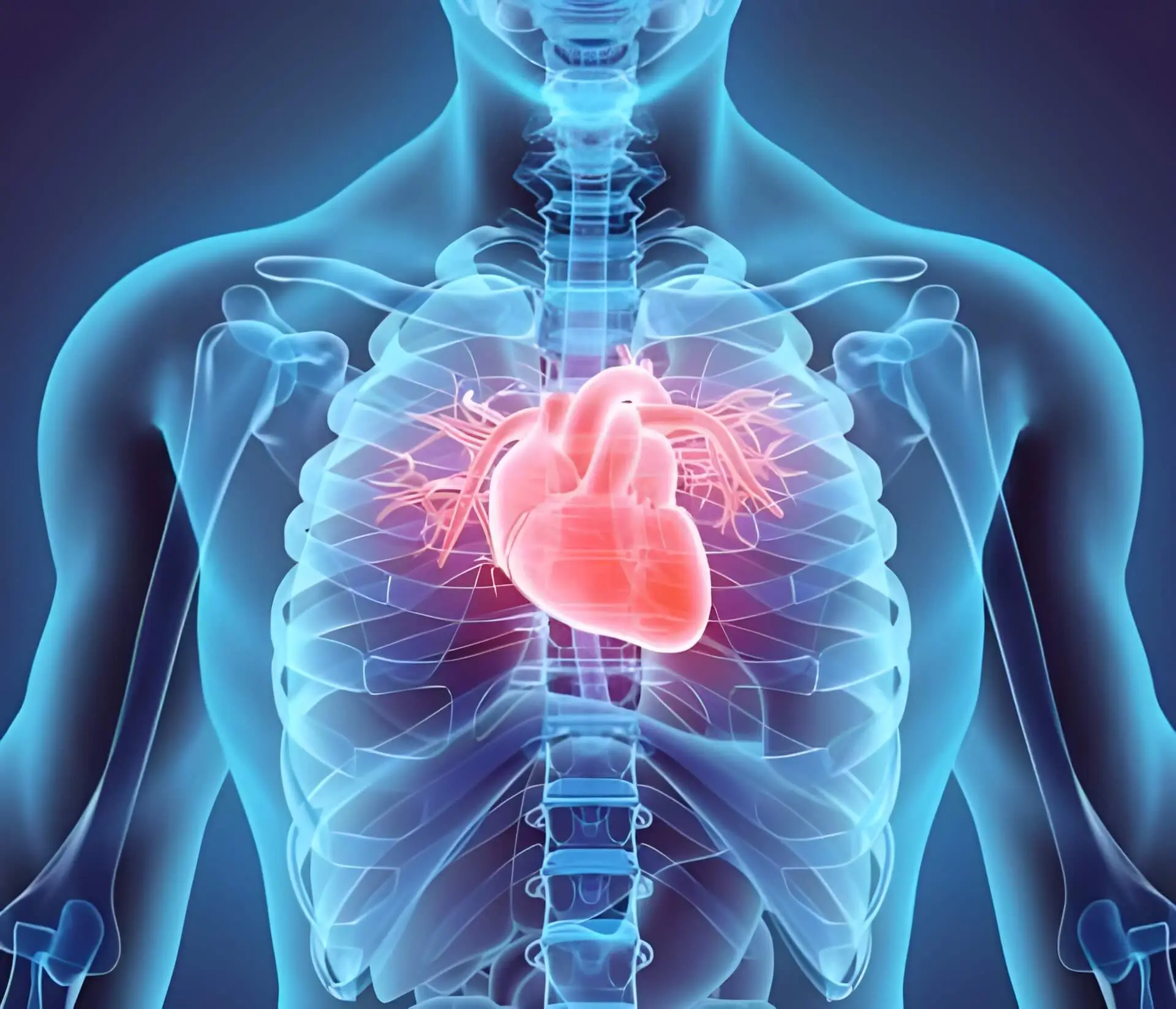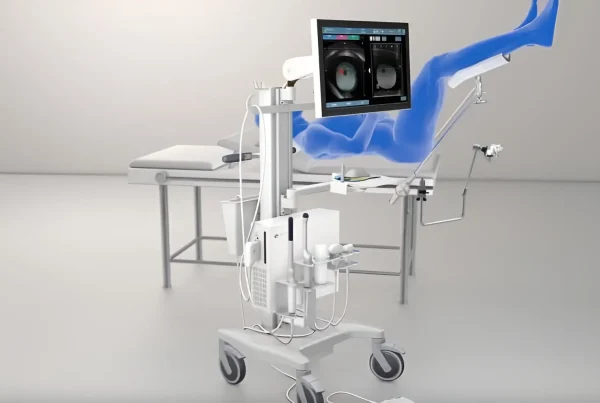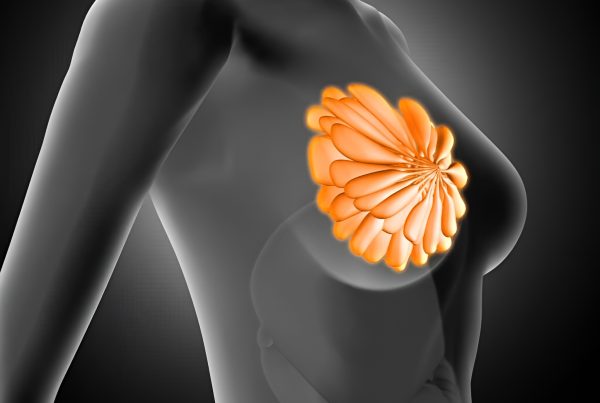Learn about its symptoms, causes, and how to treat it.
Written by the Director of the Cardiology Department at Therapis General Hospital,
Penelope Rafouli-Stergiou, MD, PhD.
What is coronary artery disease?
Coronary artery disease is the most common heart condition. It involves damage to the coronary arteries (the arteries that supply blood to the heart itself), which show atherosclerotic changes due to the deposition of fat and calcium on their walls. This leads to narrowing or even blockage of the coronary arteries, disrupting the blood supply to the myocardium. Certain cardiovascular risk factors also contribute to this, such as high blood pressure,
What symptoms might I have?
The most common symptom is angina, i.e. pain or a feeling of heaviness in the chest, which often radiates to the back, left arm, neck, and/or lower jaw. This can occur either during exertion (stable angina) or at rest (unstable angina).
At the same time, the patient may experience sweating, nausea or vomiting, dizziness, or even loss of consciousness.
Diabetic patients in particular may have atypical symptoms and feel shortness of breath instead of pain.
Less common symptoms include indigestion, palpitations (“fluttering”), severe fatigue, sleep disturbances, and anxiety/confusion.
Unfortunately, the first manifestation of coronary artery disease is often myocardial infarction or even sudden death, which is why coronary artery disease should be investigated in patients without symptoms, depending on their cardiovascular risk
What tests should I take?
A complete cardiological examination (medical history, clinical examination) is required, as well as a series of tests including an electrocardiogram, blood tests (biochemical markers of myocardial damage, e.g. troponin, CPK, CKMB, as well as risk factor checks, e.g. sugar, cholesterol, etc.), and a heart ultrasound (triplex).
Depending on the findings, the patient is either referred for hospitalization-coronary angiography (in cases of acute coronary syndrome – heart attack), or continues with ischemia testing. This is done in the following ways
- Stress test (in young people who are physically fit and at low risk for coronary artery disease)
- Dynamic echocardiogram (stress echo) with dobutamine: This is a triplex heart scan with gradual intravenous administration of a drug that increases the heart rate and contractility. It is more diagnostically accurate than the stress test, can be performed without exercise, and does not involve radiation.
- Myocardial perfusion scintigraphy: With the help of a gamma camera, images of perfusion are taken during exercise (physical or pharmacological) and 3 hours later at rest.
Less frequently used are also:
- Computed tomography coronary angiography: The coronary arteries are imaged after administration of a contrast agent through a vein (in patients at low to intermediate risk for coronary artery disease and with low heart rates).
- Cardiac Magnetic Resonance Imaging (MRI) Stress Test: Myocardial perfusion at rest is assessed, the presence of “scarring” and the viability of the infarct area (i.e., whether this section is still “alive,” in which case it will improve with reperfusion—stent or bypass), as well as perfusion during exertion with stress MRI
How do I deal with it?
The treatment of coronary artery disease includes conservative treatment with medication, while in some cases invasive treatment (angioplasty-stent or aortocoronary bypass) may also be necessary.
Angioplasty/stent placement: Performed by a specialist interventional cardiologist, this involves puncturing the radial artery (in the wrist) or, less commonly nowadays, the femoral artery (in the leg), insertion of a catheter that reaches the heart and thus visualizes the anatomy of the coronary arteries. In cases of severe narrowing or blockage due to atherosclerotic plaque and/or a blood clot, a stent (small metal mesh) is placed to “open” the artery.
Surgical treatment—coronary artery bypass grafting: This is performed by a cardiac surgeon, who implants grafts from other arteries or veins to bypass the blocked coronary arteries.
Prevention is also very important, which includes exercise, a healthy diet, quitting smoking, losing weight, reducing daily stress, getting enough sleep, and limiting alcohol consumption.
Of course, we do not neglect our annual check-up, as this is where we will receive all the necessary answers from our treating physician.
At the cardiology clinic of Therapis General Hospital, all diagnostic tests (stress echo, stress test, heart triplex) needed to diagnose coronary artery disease are performed with complete safety.







